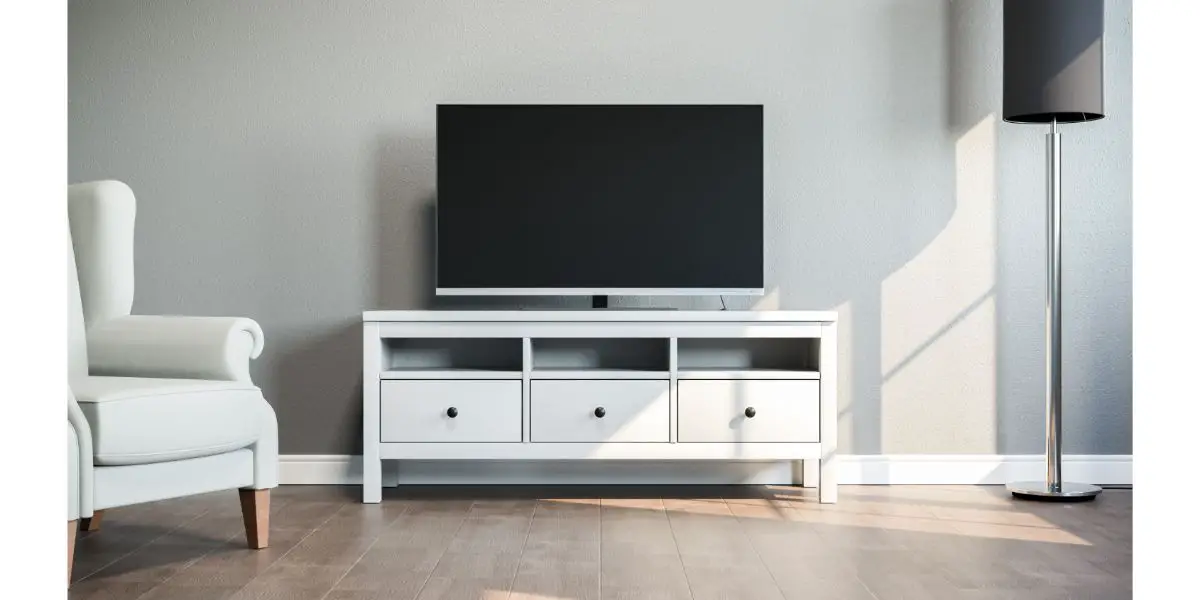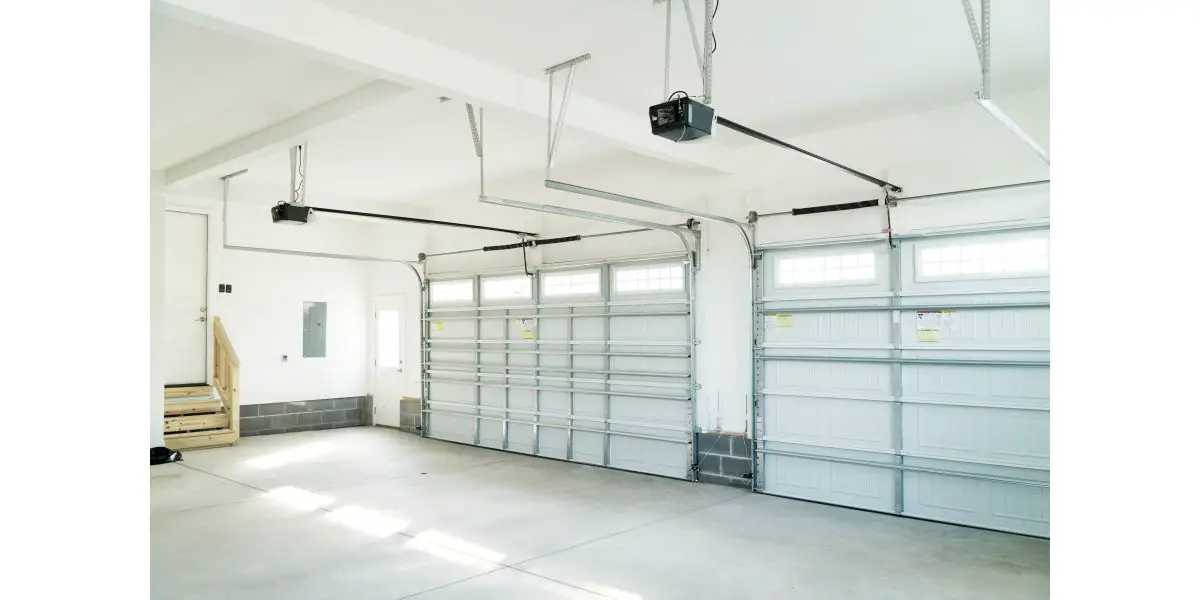Disclaimer: This post may contain affiliate links, meaning we get a small commission if you make a purchase through our links, at no cost to you. For more information, please visit our Disclaimer Page.
While TV sets are not as boxy as their predecessors, they have large dimensions. The biggest we have now is LG’s ‘Extreme Home Cinema’ TV at 325 inches. On average, however, many homes have a 60-inch TV set.
Because of this, many people realize that these big TV sets are hogging much of their space. Moreover, it has become a challenge considering they seldom use their TVs. Thus, some decide to store their TVs and use the space for other purposes.
But this presents another challenge — how to store their TV set properly. If you find yourself in this predicament, this article will discuss some general guidelines on how to do that.
Table of Contents
How Do You Store a TV When Not in Use?
To answer this question, we will assume our readers need some guidance on this. So let’s start with the things you need to prepare before packing and storing your TV. Note that there is no one correct way to do this. But, we have some guidelines that work for most TVs in most situations.
Steps for Preparing Your Television Before Storage
1. Check for Dust
When we talk about cleaning a television, dust is one thing about which we would be particularly concerned. In a typical home environment, it is natural for the dust to accumulate on and around the TV regularly. However, owners clean these living spaces regularly.
When you decide to store your TV set, there won’t be any cleaning for quite some time. Therefore, you need to clean your television before you store it. Dust particles have a high potential to do some damage to the sensitive electronics inside your TV.
Most televisions today will have vents somewhere on their panels. Dust can get into these vents and accumulate. If there’s too much accumulation, it can clog the components. Although this may not be an issue, the risks grow over time.
2. Use Compressed Air
People in the tech industry use pressurized air to clean vents and remove dust. You’ll often see this sort of thing on desktop and laptop computers.
You can also use this trick on television. Get some compressed air you can blow inside and around the vents to clean out any potential dust bunnies thoroughly.
3. Wipe It Using a Soft Cloth
Wipe the outer surfaces of the television with a soft cloth. Some dust has abrasive particles. Although you cannot see these particles, they can still scratch the TV screen. Using a soft cloth specifically for dusting can help you get rid of surface layers of dust without harming the television.
How Do You Store a TV Without the Original Box?
If you still have the original box for your TV, it is the best place to store it. That’s because it’s made specially to protect your TV set. That includes the plastic and styrofoam inserts inside it.
When manufacturers pack the TV sets for distribution, they cover many of their panels or parts with foam inserts that cushion the whole device during transit. Because these inserts conform to the shape and size of the TV, they are the best things you can use.
If you do not have them, you can still create similar inserts from foam materials. To pack up the entire unit, you could use a box identical to the original dimensions. You may find a second box that is for the same model of the television you own. If you can’t, boxes with approximate dimensions can work well.
If you cannot find a similar box, there are still a couple of things you can do to safeguard your television:
- Pad the device by wrapping it in one or two thick blankets.
- Cover the whole unit in soft materials before transporting it.
- If you feel more padding is necessary, add more blankets to the storage.
- Tie the blankets to the television with flexible cords to ensure everything stays in place.
- Ensure the cords don’t press down too tightly, particularly on the front panel that holds the display.
Can You Store a TV in a Cold or Hot Environment?
It is best not to store the television in extreme environments. Most TV manufacturers might say you can place your TV in temperatures below zero or above 100 degrees. Typically, most electronics don’t react to freezing temperatures. But the same cannot be said in a scorching environment.
All that said, you still have to ensure that the liquid crystal fluid in an LCD doesn’t get cold enough to freeze. If the temperature gets to a freezing level, it could damage some of the internal components inside the device.
Frigid temperatures might cause crystals to form inside and damage the unit. Moisture and electronics do not get on well. If your television has been in freezing storage for a long time, let your TV warm up to a normal ambient temperature for a day. Once the device warms up and removes the moisture completely, it should be safe.
Extreme heat over a long period could be a different problem, however. If the inside of the television gets too hot, some components could burn.
Unfortunately, simply waiting will not fix this issue. You would need to replace the components to get the television working again. Depending on the damage you find, it might be necessary to replace the entire device.
While televisions in storage can take a range of temperature fluctuations, it is best to store them in a place with temperature controls.
Is It Okay To Store a TV in the Garage?
Storing your television in your garage for a few days is fine. However, if you plan to store it for a long time, you’ll have to follow a few conditions.
- The garage should have temperature controls.
- The area should be free of leaks that could cause water to build up around the television.
- The garage should be relatively clean and dust-free.
- Similarly, the garage should have mechanisms to prevent outside debris from building up.
What Are Some Common Mistakes When Storing a TV?
- Do not store the television on its back or on the front panel.
- Don’t forget which cables go to which port or outlet. You’ll need it when you hook it back up. Create a guide or take a picture of everything that tells you how to do this.
- Don’t drag or move the television while the unit is on its side.
- Don’t keep the TV in any area with temperature fluctuations you can’t control.
Conclusion
Storing a television is completely safe and easy to do. But keep a few things in mind to ensure everything works properly when you use it again. Follow our tips,and your television should stay in good shape while it is in storage.


